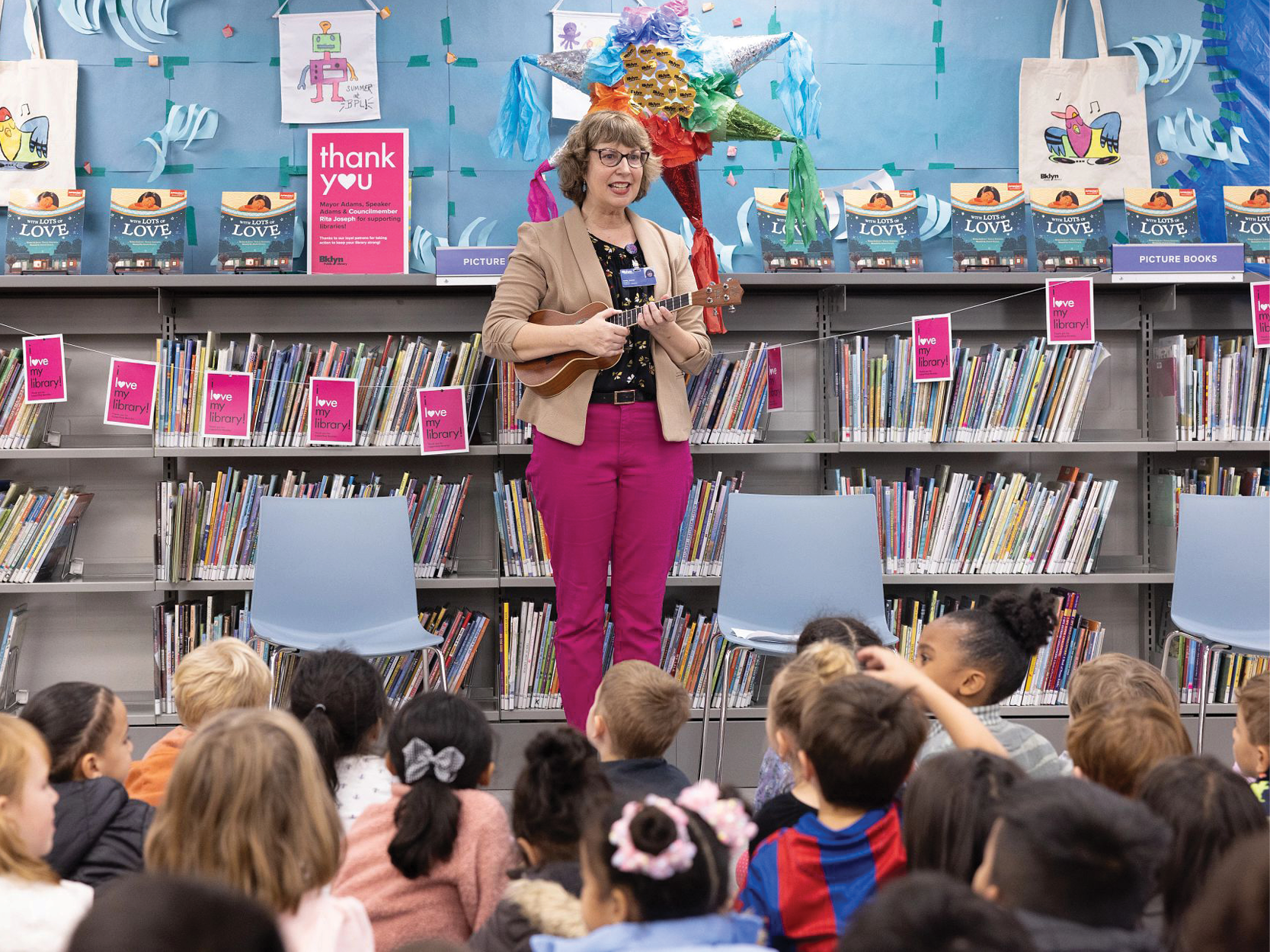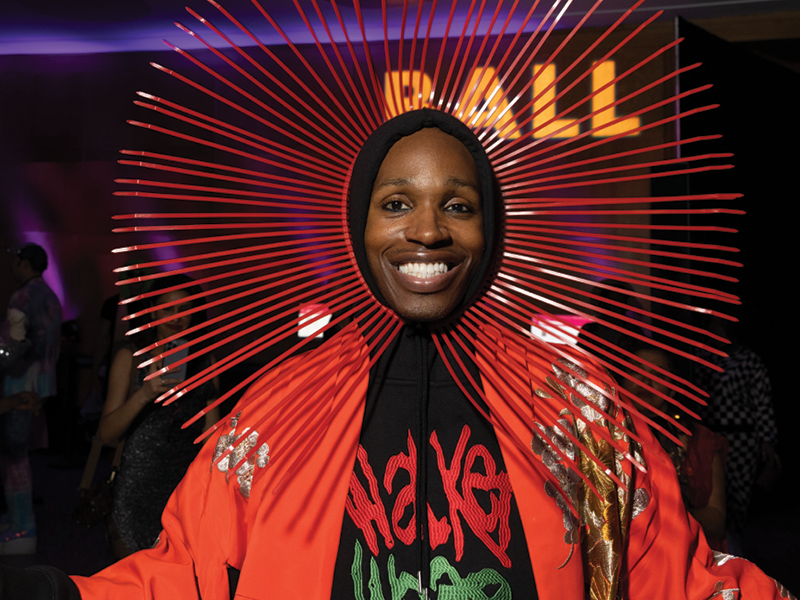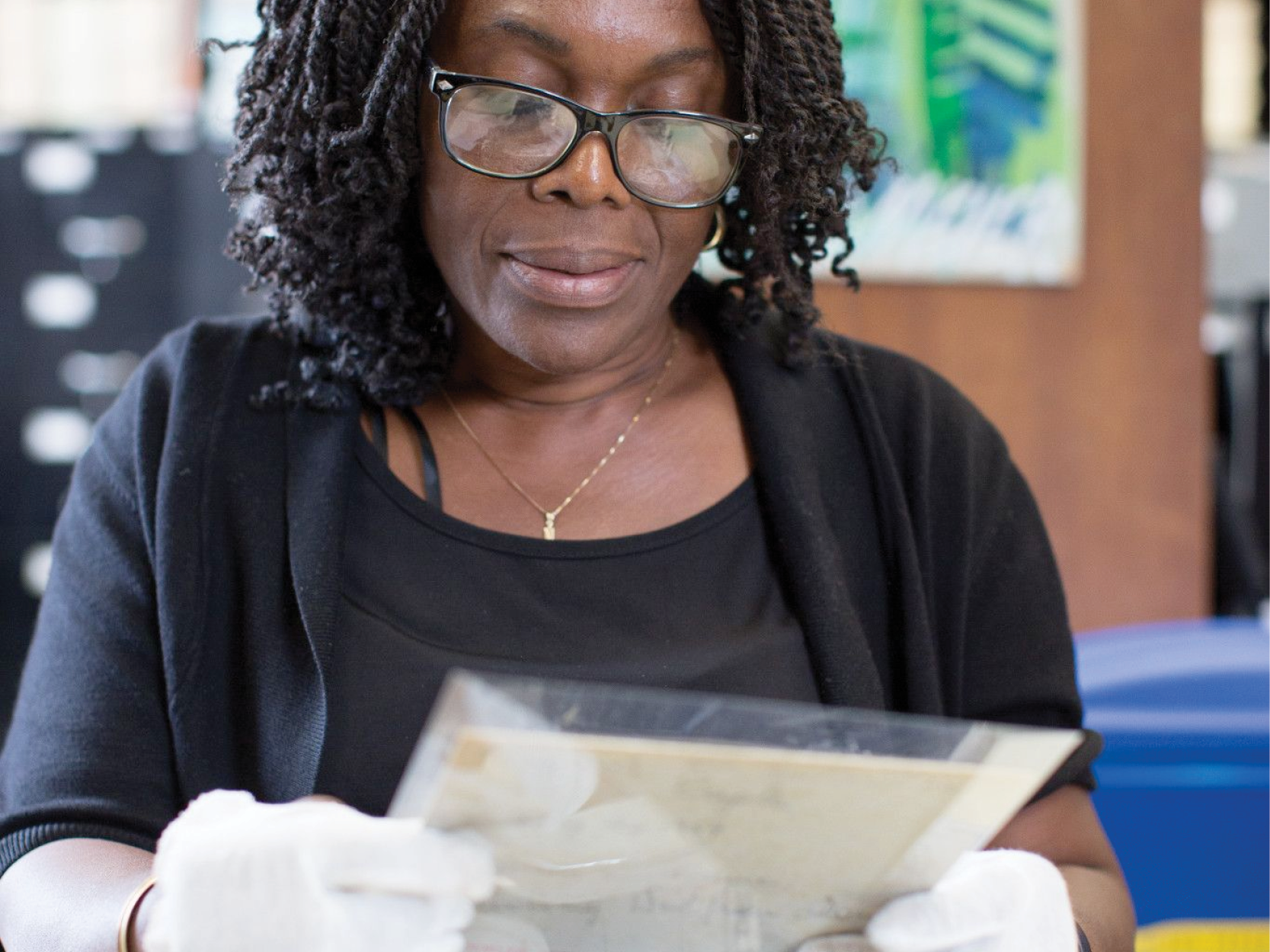
December 4th marks World Wildlife Day, which the United Nations describes as “an opportunity to celebrate the many beautiful and varied forms of wild fauna and flora and to raise awareness of the multitude of benefits that their conservation provides to people.” When thinking of Brooklyn wildlife, the first that comes to mind might be the pigeon. This bird certainly does not require conservation efforts today, and many may balk at the concept of the pigeon’s “multitude of benefits,” but a quick glance into the bird’s history might change your mind -- or at least provide some context as to why the city spilleth over in pigeon.
You have likely heard of the domesticated carrier or homing pigeon, which served as heroic military messengers and even photographers during the World Wars. This is not that pigeon. You may have also heard of the wild passenger pigeon, native to North America, which went extinct in 1914 from over hunting. This is also not that pigeon. The ubiquitous Brooklyn pigeon, often rudely referred to as a “rat with wings,” is simply the pigeon (no adjective), or the rock dove, or Columba livia. Like many city-dwellers, the pigeon is not native to New York. So how did it get here? European colonists brought it here, likely during the 17th century, to raise as meat. Perhaps you have read mentions of squab in old books or menus. Squab is a four-week-old pigeon, a once-popular meal. While eating a baby bird may not sound satisfying (for various reasons), pigeons reach adult size in about one week, making them a quick, cheap, and sizable meal to raise. This also explains why baby pigeon sightings are so rare.
Somewhere along the line, it seems the pigeon escaped its fate at the dinner table. Most found freedom on city streets, while others found homes in rooftop dovecotes or pigeon coops where they were bred to be competitive athletes. In the 1930s, pigeon racing reached a peak in New York City. New Yorkers would gather for the “long anticipated pigeon racing season” to await the arrival of hundreds of pigeons winging their way home from across multiple state lines.
While there is much more to be said about the pigeon, to keep it brief, New York City has an abundance of pigeons because of New Yorkers, who have depended on the bird for the multitudinous benefits of sustenance, entertainment, as well as companionship. Despite its humble story, the pigeon has arguably become the winged icon of Brooklyn and New York City at large. In this Photo of the Week, a Brighton Beach-goer seems to both respect and enjoy the local avifauna perched upon him. To learn more about pigeons and other New York wildlife, check out Wild New York by Margaret Mittelbach and Michael Crewdson.
Interested in seeing more photos from CBH’s collections? Visit our online image gallery, which includes a selection of our images, or the digital collections portal at Brooklyn Public Library. We welcome appointments to research our entire collection of images, archives, maps, and special collections. Our reference staff is available to help with your research! You can reach us at cbhreference@bklynlibrary.org.
This blog post reflects the opinions of the author and does not necessarily represent the views of Brooklyn Public Library.
Post a Comment
While BPL encourages an open forum, posts and comments are moderated by library staff. BPL reserves the right, within its sole discretion, not to post and to remove submissions or comments that are unlawful or violate this policy. While comments will not be edited by BPL personnel, a comment may be deleted if it violates our comment policy.
eNews Signup
Get the latest updates from BPL and be the first to know about new programs, author talks, exciting events and opportunities to support your local library.







